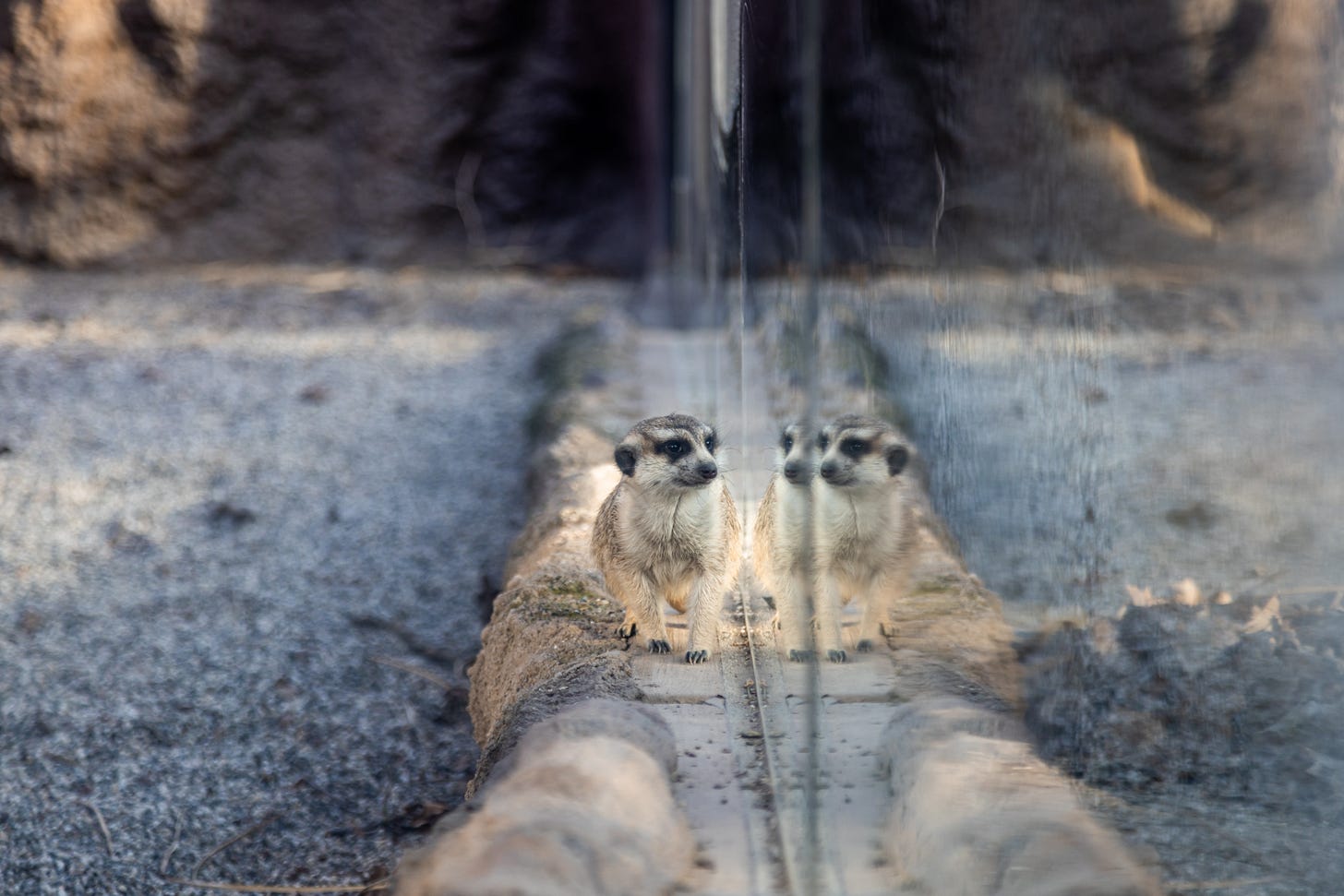Have You Ever Meditated In A Noisy Or Chaotic Environment?
I’ve been thinking about the messages and stories playing out of how stress can be good for us. Mind you, I do not subscribe to this notion. Sounds more like a dis-eased societal approach of trying to normalise having a busy and stressful lifestyle by preaching the benefits of stress. Regardless of your stance, I hope you keep reading.
Even though I don’t agree that we should look at stress as a beneficial thing, what I am slowly unearthing is how my own relationship with my internal state of being will determine how I meet and respond to the stimuli and events that happen around me. After being introduced to Sam Harris’ meditation app by my boyfriend, I have been meditating consecutively now for 10 days. Not my very first time meditating—by the way. It’s just been one of those things that never really sticks long enough for me to reap the proclaimed benefits.
I know… 10 days doesn’t sound like much for a zealous meditator, but for those who’ve never sat down to meditate a day in their lives, or those like me who’ve been on and off with the practice—10 consecutive days is actually no small feat.
For beginners, I always recommend a technique called vipassana, which comes from the oldest tradition of Buddhism (…) The quality of mind cultivated in vipassana is generally referred to as “mindfulness” (…) Mindfulness is simply a state of open, nonjudgmental, and nondiscursive attention to the contents of consciousness, whether pleasant or unpleasant. ~ Sam Harris
When I meditated on and off, I usually did it in silence. I’ve never really been a fan of guided meditations. I considered them to be rather distracting—how can one possibly attain a level of peace and tranquility when someone is talking me through it?! Sam Harris’ guided meditations are turning this belief on its head.
He has daily meditations that are roughly 10minutes long, which makes them doable for anyone—no matter your schedule or lifestyle. He speaks quite a bit during these meditations, and even though I was very critical of this method, the fact that it’s just 10 minutes lessened any resistance I felt when I began.
I’m actually finding the guidance useful, as his voice slowly brings me back to the present moment, and his contemplations add a deeper layer to what it actually means to meditate. As he explains it, it’s not about getting to a state of inner peace, though that’s wonderful—but about being deeply present with what is here, now. The breath becomes the anchoring point that I’m invited to return to each time I get distracted.
Other days he invites us to notice and follow that which distracted us. Basically allowing it to play out to its fullest extent. What I notice is that the thoughts always pass on. Just like the sounds that appear in our field that we usually have no control over—like a car passing by or a bird chirping away. It comes and goes.
Which brings me to another additional point about sounds. Today I sat outside, feet planted on the grass while I meditated. As I listened to Sam’s guidance, I noticed everything else that was happening around me, both internally and externally. After the meditation was complete, I continued meditating with no guidance.
I heard a tractor’s engine start up but it didn’t leave; something that would have annoyed the hell out of me before! I would have gone into the house, infuriated by the disturbance! This time, however, I just observed the sound as I continued anchoring into my breath. Funnily enough I didn’t find it distracting at all—and the driver drove off after a few minutes.
The goal is to awaken from our trance of discursive thinking—and from the habit of ceaselessly grasping at the pleasant and recoiling from the unpleasant—so that we can enjoy a mind that is undisturbed by worry, merely open like the sky, and effortlessly aware of the flow of experience in the present. ~ Sam Harris

I think it’s counterproductive to only limit oneself to meditating in quiet spaces. The gift of practising this form of meditation outside or even amidst the hustle and bustle of life, is that of greater awareness and acceptance of what arises in our inner and outer world—without attaching any meaning to it or being annoyed by its existence.
It’s increasing my capacity to “handle” —for lack of a better word—the potential avenues of stress. Stress isn't something I view as “good for us” because when we’re stressed, our bodies move into a sympathetic state where our survival responses are activated (fight, flight, freeze). This obviously happens naturally if we’re in danger, and that’s a good thing! That’s what it’s built for—to ensure our survival. However, this is a very taxing state for the body to be in over longer periods of time!
Couple that with most people’s inability to be still and rest (which activates the parasympathetic state where healing actually occurs), and we have a population of dis-eased dwellers! Ideally, as a dear friend once told me, our lives ought to be coloured by an 80/20 ratio of rest and work. This maxim is mostly applied to business and time management, however it can be applied to all areas of life. (By the way, rest doesn’t mean do nothing… but that’s for another essay.)
The Pareto Principle… states that the relationship between input and output is rarely, if ever, balanced. When applied to work, it means that approximately 20 percent of your efforts produce 80 percent of the results. ~ Pamela J Vaccaro
To reiterate, I don’t think stress is “good for us”, however what I view as beneficial is increasing my capacity to be present with what is. After all, it’s not the thing that creates stress, (like the tractor’s engine revving in the background or the long queue of people waiting to be served!)—I think it’s how I/we respond and our ability—or lack thereof—to “handle” the situation that really matters.
When meditation is done in silence, you’ll meet your own chaotic mind (also termed monkey mind, as it keeps yapping away). As you keep meditating, you’ll taste the quality of silence from time to time, which will naturally seep into your day-to-day life—thereby increasing your ability to meet whatever comes your way.
No path is better than another. They all provide a unique lens for deepening our experience.
So, meditate in complete silence if you like. And meditate in nature or amidst your lively neighbourhood if you are up for the challenge! Each has valuable wisdom embedded within.
P.S → just an observation: it’s incredibly difficult to find a free stock image of a person meditating in a crowded park or a busy and frantic city! Most images are of people sitting alone in the comfort of their homes, or in nature.



